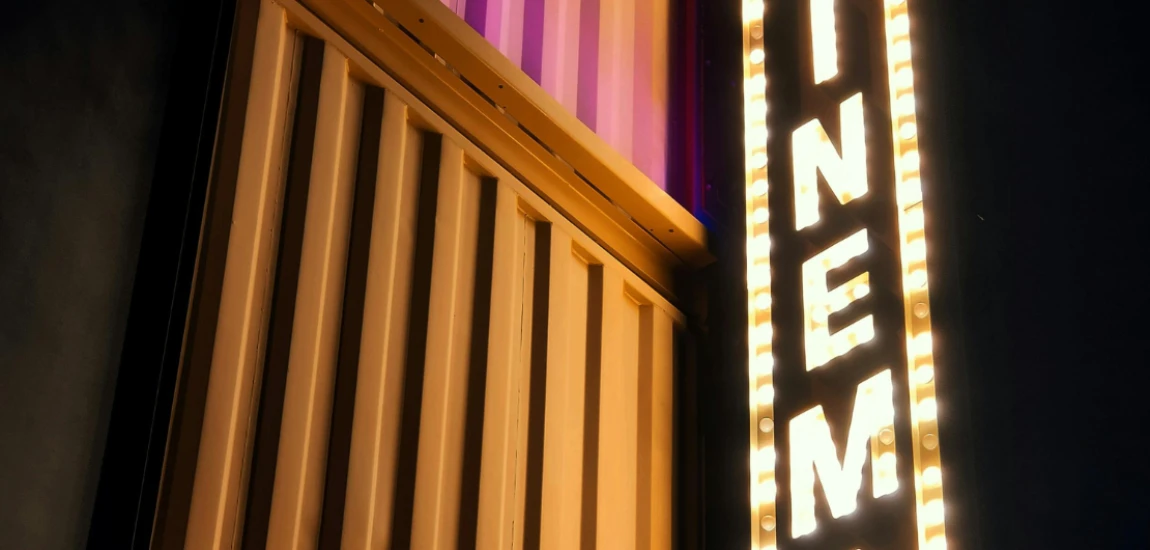Color Grading in Cinema: Why Every Movie Looks

Once upon a time, movies dazzled us with bold, striking visuals. Think of The Wizard of Oz exploding into vibrant Technicolor, or Amélie with its warm reds and greens creating a whimsical Paris. Today, however, audiences have noticed a curious trend: modern films often look gray, muted, and washed out. From action blockbusters to streaming dramas, the cinematic color palette has shifted toward desaturated tones.
This isn’t an accident. It’s the result of color grading in cinema, a post-production process where filmmakers adjust hues, contrast, and tones to set a mood. Once used subtly to enhance storytelling, color grading has become a stylistic stamp that dominates Hollywood aesthetics. But why has “gray” become the industry’s go-to look? Is it artistic choice, technological limitation, or a marketing tactic?
Let’s dive deep into the rise of gray color grading, explore its impact on film culture, and consider whether cinema might one day bring vibrancy back to our screens.
What Is Color Grading in Cinema?

The Basics of Color Grading
Color grading is the process of altering and enhancing the color of a motion picture to achieve a desired aesthetic. Unlike raw footage, which often looks flat, grading adds mood, depth, and emotional resonance.
Difference Between Color Correction and Grading
While color correction ensures footage looks natural and consistent, color grading goes further—it stylizes the image to convey themes. A warm grade might suggest romance, while a cold blue palette implies tension or despair.
Why It Matters for Storytelling
Filmmakers rely on color grading to guide the audience’s emotions. Whether you notice it or not, every tint, shadow, and highlight influences how you interpret the story unfolding on screen.
The Rise of the “Gray” Look

From Vibrant to Muted
Compare blockbusters from the 80s and 90s (Jurassic Park, The Matrix) with today’s franchises (Justice League, Eternals). Modern films often appear less saturated, with skies dulled and costumes flattened into neutral tones.
The Digital Revolution
With the shift from film stock to digital cameras, color grading became easier and more flexible. Digital workflows allowed filmmakers to standardize palettes, often defaulting to muted grayish tones for a “cinematic” look.
The Trend Cycle
Audiences associate gray grading with prestige and seriousness. As a result, it became an industry standard, especially for dramas and action films that want to appear gritty and “realistic.”
The Teal and Orange Era

Why Teal and Orange Dominate
Teal and orange became the blockbuster go-to because they’re complementary colors: teal enhances skin tones, while orange highlights warmth. The result? Faces pop against cool, desaturated backgrounds.
Overuse in Hollywood
While effective at first, the teal-and-orange palette became overused. From superhero movies to thrillers, nearly every major release leaned on the same contrast, contributing to the perception of sameness.
Evolution Into Gray
As filmmakers pushed against the teal-orange formula, they often swung too far toward desaturation, leading to the gray-toned look we now associate with modern cinema.
Streaming Platforms and the Gray Aesthetic

Compression and Lighting Issues
Streaming platforms often compress video, making bright colors look messy or unnatural. A muted palette avoids these technical pitfalls, ensuring films look “clean” on all devices.
Consistency Across Devices
Color that looks vibrant on a 4K TV may look oversaturated on a phone. A gray grade is safer, preserving visual consistency across screens.
Binge-Worthy Neutrality
Many streaming shows use muted tones deliberately, as the subdued palette encourages longer viewing without visual fatigue—a subtle way of keeping audiences hooked.
The Psychology of Gray Cinema

Seriousness and Prestige
Muted palettes suggest sophistication. Filmmakers use gray tones to tell audiences: This is important. This is art. It’s a shortcut to prestige, especially in awards-focused films.
Emotional Detachment
Gray grading also mirrors modern storytelling trends—darker, grittier, more cynical. Audiences conditioned by realism and dystopia expect muted visuals to match somber narratives.
Fatigue and Backlash
However, viewers are beginning to push back, longing for the color-rich vibrancy of earlier eras. Films like La La Land and Barbie succeed in part because they defy gray monotony.
Case Studies: Gray Grading in Action

Superhero Movies
The DC Extended Universe (Batman v Superman, Justice League) is notorious for its gray tones, aiming for seriousness but often criticized for visual dullness compared to Marvel’s brighter palette.
Streaming Originals
Many Netflix originals (Ozark, The Crown) lean heavily on muted palettes, establishing mood but sometimes sacrificing visual variety.
Exceptions That Shine
Films like Mad Max: Fury Road and Barbie prove that vibrant color can still captivate audiences, suggesting gray isn’t inevitable—it’s a choice.
The Artistic Defense of Gray Grading

Realism as an Aesthetic
Filmmakers argue that desaturated tones mirror real life, avoiding the hyper-stylization of past eras. Gray looks grounded, gritty, and aligned with today’s cultural mood.
Mood Alignment
For dark stories about crime, war, or dystopia, gray grading complements the subject matter, immersing audiences in bleak atmospheres.
Avoiding Visual Distraction
Bright colors can pull attention away from performance or narrative. Muted palettes ensure focus remains on characters and dialogue.
The Future of Color Grading in Cinema

Return of Vibrancy?
As audiences grow weary of sameness, filmmakers may return to bold colors as a differentiator. Everything Everywhere All at Once already proved colorful storytelling can still win big.
Hybrid Palettes
Future films may balance realism with vibrancy, blending muted backdrops with bursts of color to highlight key moments or emotions.
The Role of Technology
Advancements in HDR (High Dynamic Range) and Dolby Vision allow filmmakers to experiment with richer, more varied palettes without losing quality across platforms—potentially signaling a more colorful cinematic future.



